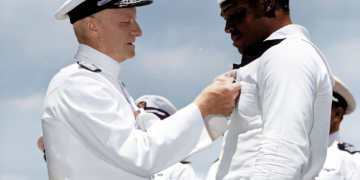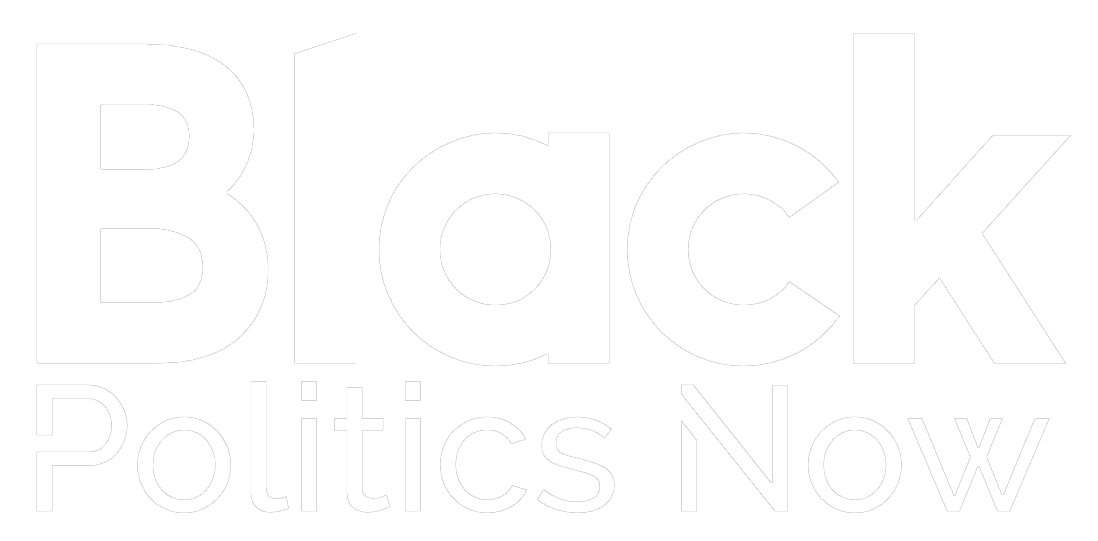March 7, 2025 Story by: Editor
A long-vacant area at the intersection of North Russell Street and North Williams Avenue in Portland, once a hub of a flourishing African American community, is set to be revitalized with new housing and commercial spaces. This site was demolished in the 1970s as part of an urban renewal initiative aimed at expanding a nearby hospital.
However, that expansion never reached the location. Now, after nearly five decades, construction will begin tomorrow on a development featuring 85 apartment units, 20 single-family homes, and office and retail spaces designed to support Black-owned businesses.
Bryson Davis, chair of the nonprofit Williams & Russell CDC, which is leading the project, and Anyeley Hallova, CEO and founder of the real estate development company Adre, joined OPB’s “Think Out Loud” to discuss the redevelopment efforts.
During the conversation, Davis reflected on the historical significance of the area for Portland’s Black community in the mid-20th century. “Yeah, it was the center of business. I mean, yeah, it was the center of the community. This is the center of the neighborhood. This is where there were several businesses right there on the corner of Williams and Russell. There were a bunch of houses around there as well, and this was the middle of the Black community at the time.”
He also addressed the impact of urban renewal, explaining, “Yeah, no it does, it does sound great, but in practice, especially at this time, you had a lot of tweaking things and labeling things as blights in ways that diminished people’s property values and then they could condemn them, underpay them for the value of their property and move them out. It was really a tool that you could use to turn a neighborhood that was composed in a way that you didn’t necessarily want it to be composed and adjust things and move people to other places, and then again underpay them for the things that you take from them.”
Davis further elaborated on why the hospital expansion never materialized, stating, “I think they gave a big chunk of land to the hospital, a huge area around what was the hospital, and I think it was probably just more land than they ever needed to expand.” Meanwhile, businesses and homes in the area had already been demolished.
The project’s origins trace back to the mid-2010s when city officials realized that the land, which had been earmarked for hospital use, remained undeveloped. In response, the city and the hospital leadership, which had since changed, decided to return the property to the community. A working group, including community members, nonprofit leaders, and local activists, was formed to determine the best use of the land.
Hallova became involved after Williams & Russell CDC issued a request for proposals from developers. “A request for proposals. And in that they labeled four different community priorities, being affordable home ownership, affordable housing, and also catalytic business creation and entrepreneur support,” she explained. Hallova, in collaboration with local Black-led CDC PCRI, assembled a team that won the project bid.
Explaining her motivation for joining the initiative, Hallova stated, “I was looking at the competition in town and I was thinking, who would go for this project? I wanted to know that the best project would happen on the site. I think the community kind of dealing with the trauma that comes with displacement and gentrification, I wanted to make sure that I put together a team that really could serve the community and think of the community’s priorities first and foremost, and I knew not every developer in town was going to be thinking with that mindset and really thinking about Black leaders in the community being a part of this team in all aspects.”
During community engagement sessions, residents expressed a desire for housing that included homeownership opportunities rather than solely rental units. “So, we did several different events, several different engagement things to figure out what people wanted, what people liked, what people really thought they needed on the site. And one of the things that has come up, because it’s a big problem everywhere around Portland, is housing. But people didn’t want just affordable apartments. They wanted some opportunity for ownership. And so that was a big addition to the housing portion of the project,” Davis said.
He further noted that economic empowerment was a central theme, as many families had lost generational wealth due to displacement. “They also wanted to kind of… The theme was really wealth creation because what was taken was really the family’s wealth of the people who were underpaid and were displaced. And so entrepreneurial support was a big key thing and so that had to be a part of the project. Another thing that was really lost was having a central place for people to gather, having that community space. And so really building a community space into this project was a big key thing.”
Hallova outlined the components of the redevelopment, which consists of three separate projects under the Williams & Russell initiative. “Yeah. And so the project’s called the Williams & Russell Project, but actually it’s three distinct projects within that. One is an affordable apartment building that’s going to be 85 units, family-size units, tending toward the larger size.”
She specified, “Three and four… Two, three, and four bedrooms. Then there’s going to be the affordable homeownership project, which is 20 homes for sale in a townhouse-style development. Four of those units have accessory dwelling units, so the ability to rent them out creates a home office or have a family member stay with them. And then we’re going to have a 30,000 square foot business hub, which is really speaking toward this entrepreneurial support: workforce training, delivering critical business services, and really a one-stop shop for Black business origination, support and really to have the community thrive economically.”
Davis elaborated on the role of the business hub, explaining, “Yeah. So there’s a micro-retail space that we’re gonna use for newer retail people, as well as micro-office space. There’s going to be regular-size office space for some businesses, but one of the things that we’re really emphasizing is getting in some of these nonprofits that support especially minority-owned businesses in there and have a presence. So you can go there, get help with business financing, get help with business legal, get help with navigating government systems and things like that.”
Hallova emphasized the importance of a centralized resource center for aspiring entrepreneurs. “Yeah, so it’s intended to be sort of that in-between, between the entrepreneurial and the nonprofit community, and then also the government. And so the idea is that it’s very hard when you’re trying to start a business. I have a small business myself. And you’re like, where do I begin? Where do I start? Where do I find people that respect, honor, and look like me, that are going to be in that community to make me thrive? And really, this would, the physical presence of that space rather than it being dispersed throughout the city.”
With the long-awaited construction about to commence, the Williams & Russell Project aims to restore a historic Black community hub, providing housing, business opportunities, and communal spaces that prioritize the needs and aspirations of local residents. Source: OPB

















